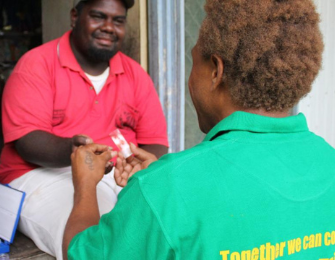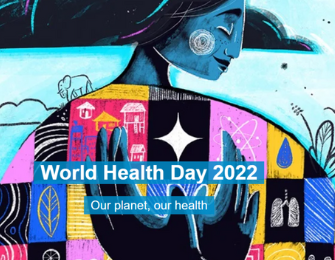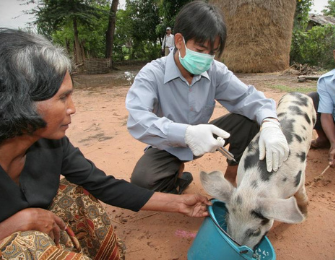
An Australian not-for-profit biopharmaceutical company, Medicines Development for Global Health (MDGH), has become the first Australian company to achieve US FDA approval of a novel small molecule for any indication, and the first solo FDA approval by any not-for-profit company worldwide. MDGH has successfully developed moxidectin, a treatment for the neglected tropical disease onchoceriasis, or river blindness.
The molecule was developed after MDGH licensed moxidectin from the World Health Organisation in 2014, setting an unusual precedent for licensing a pre-approval compound into Australia to undertake development. MDGH raised AU$20 million from the New York based Global Health Investment Fund to support development. Moxidectin has been shown to be superior to the current standard of care and one of the most important global health medicines, ivermectin, in two randomized, double blind studies.
The Founder and Managing Director of MDGH, Mark Sullivan, said: ‘Receiving FDA approval for moxidectin is a demonstration of what can be achieved and is a particularly proud accomplishment for a not-for-profit working in neglected tropical diseases. We are grateful to our many collaborators, including TDR/WHO, and for the Australian government’s support of the medical sector.
TDR, the Special Programme for Research and Training in Tropical Diseases, is a global programme of scientific collaboration that helps facilitate, support and influence efforts to combat diseases of poverty. It is hosted at the World Health Organization (WHO), and is sponsored by the United Nations Children’s Fund (UNICEF), the United Nations Development Programme (UNDP), the World Bank and WHO.
‘Moxidectin will be the first new onchocerciasis treatment for 30 years, and we hope to have an enormous impact on the 15 million people infected with this neglected disease.’
It is the first time that a not-for-profit company to register a medicine through the tropical disease priority review voucher (PRV) program which provides a saleable permit allowing the holder to accelerate the review of a new drug application (NDA) from the standard 10 months to 6 months.
Mark Sullivan is a member of the Technical Reference Group of the Indo-Pacific Centre for Health Security. Refer to the MDGH website for more information.
About Onchocerciasis
River blindness (or onchoceriasis) is caused by a filiarial worm, Onchocerca volvulus. More than 99% of infected people live in 31 African countries, but it also occurs in some areas in Latin America and Yemen. It is transmitted between people by the bite of infected female black flies of the genus Simulium that breed along fast-flowing rivers and streams. Onchoceriasis causes disfiguring nodules in the skin in which adult worms are present.
Adult female worms discharge microfilariae which migrate upwards through the layers of the skin. Microfilariae frequently reach the eye, where they cause blindness. Without treatment, the Infection may last 10-15 years. Prevention is via avoidance of bites byblack flies and implementation of vector control. There is no vaccine to prevent the disease. Ivermectin can be used annually to treat infections, and is known to reduce microfiliarial load but there is currently no treatment to kill adult worms.




